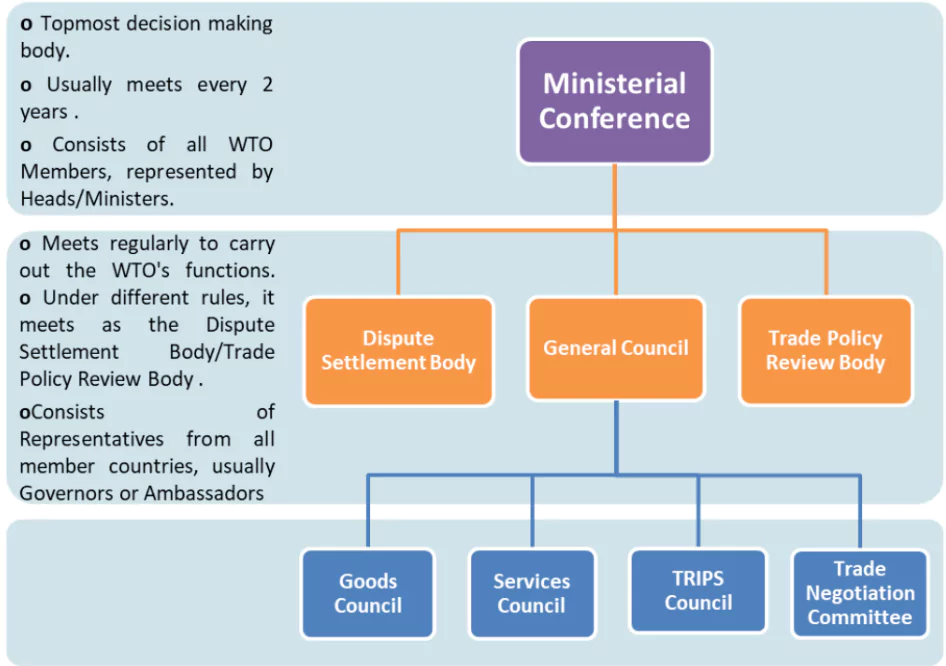India submitted a proposal at the WTO’s 13th Ministerial Conference in Abu Dhabi to reduce remittance costs.
India’s Draft Proposal Highlights
India aims to achieve cheaper, faster, more transparent, and accessible cross-border payments through digitalization.
- High Cost: The global average cost for sending remittances is 6.18%, more than twice the SDG target.
- Digital Payment Infrastructure: India emphasises the importance of promoting interoperability and interlinkages of digital payment infrastructures.
- Cost Reduction: Digital remittances have a lower average cost of 4.84% compared to non-digital remittances.
Enroll now for UPSC Online Course
What are Remittances?
- Remittances are money transfers sent by migrant workers to their families or relatives in their home countries.
-
Cost of Remittances
- The cost of remittances refers to the fees and expenses involved in sending money across international borders.
- These costs can add up and affect the total amount received by the recipient.
-
Components of Remittance Costs
- Bank Fees: Charges by banks for processing the transaction.
- Intermediary Fees: Fees charged by third-party services or institutions involved in the transfer.
- Compliance Fees: Costs related to meeting regulatory requirements.
Top 3 remittance countries among LMICs (2023)
- India is on the top list of countries receiving the highest remittances.
- 2nd position with 66 billion: Mexico
- 3rd spot with 50 billion remittances: China
|
-
-
- Operational Costs: Expenses for maintaining payment systems and infrastructure.
- FX (Foreign Exchange) Margin: The difference between the exchange rate offered and the market rate, which affects the final amount received.
-
Factors Affecting Remittance Flows to India
- Economic condition: The stability of the economy and growth of the host nations where migrants work affect the remittance flow.
- Exchange rate: Changes in the exchange rate between Indian rupee and host country’s currency impact the amount of money sent.
- Migration policies:
- Visa regulation: visa regulation and immigration policies impact migrants and their nature of job doing which impacts their ability to send money.
- Migrant’s legal status: Migrants with undocumented legal status face various issues such as low wages, higher working hours, and no job security.
Check Out UPSC CSE Books From PW Store
-
Benefits of Lowering Remittance Costs
-
- Increase in Remittance Inflows: Lower costs can encourage more remittances to be sent to India, boosting the overall inflows.
- Reduced Use of Informal Channels: By making formal channels more affordable, it reduces the need for people to rely on informal or unregulated methods for sending money.
World Trade Organization (WTO) Ministerial Conference

- The WTO Ministerial Conference is the top decision-making body of the World Trade Organization.
- It usually meets every two years to discuss and make decisions on global trade policies, agreements, and rules.
- Participants
- Member Countries: Represented by trade ministers.
- International organizations: organizations like World Bank, IMF, and other stakeholders participate as observers
- Key Functions:
- Decision-Making: Makes decisions on WTO trade agreements.
- New Agreements: Initiates or updates trade agreements.
- Dispute Resolution: Resolves trade disputes between members.
Enroll now for UPSC Online Classes
![]() 13 Sep 2024
13 Sep 2024

